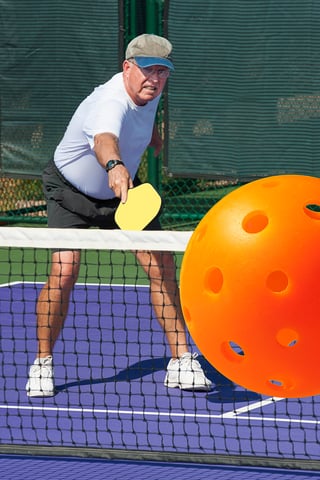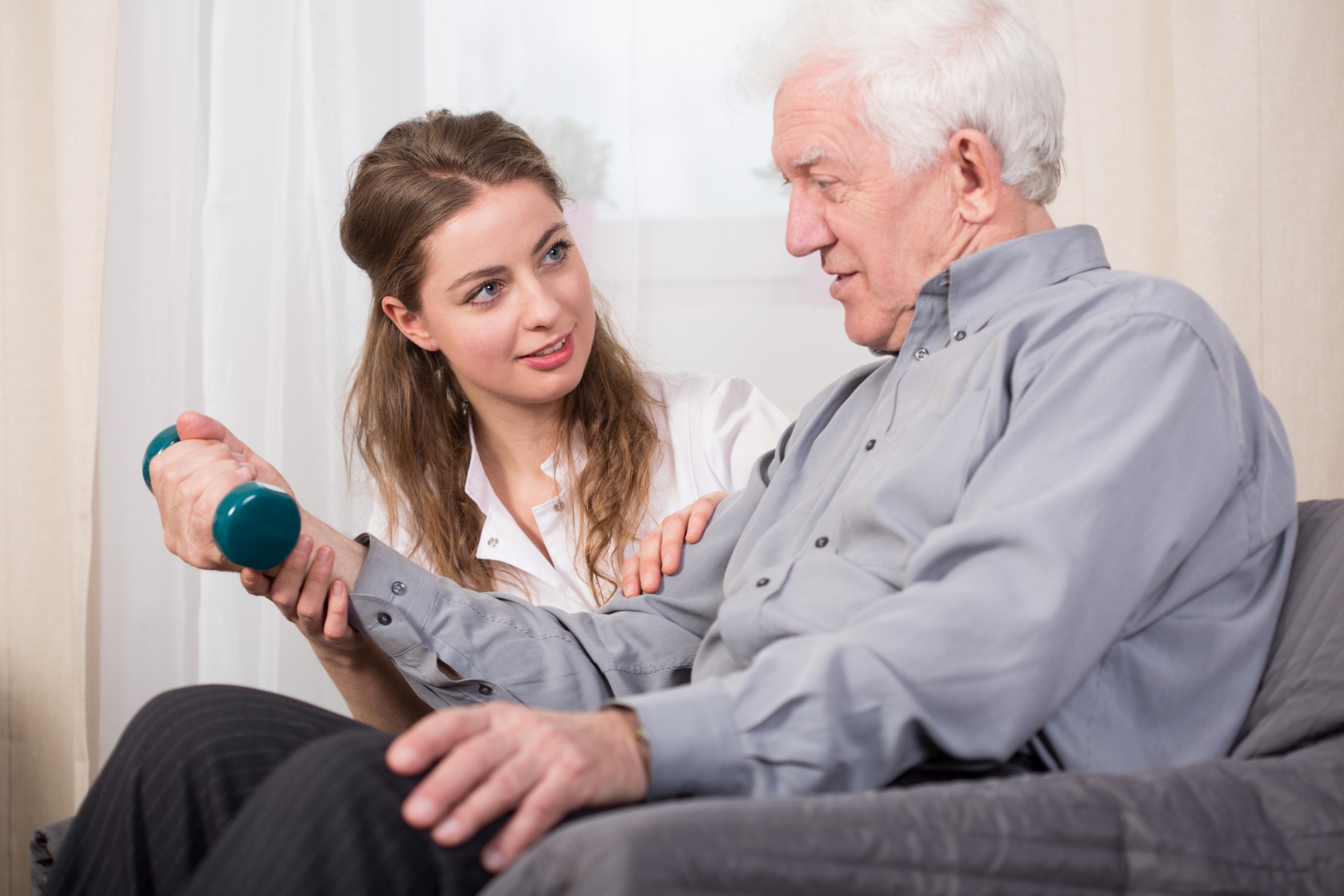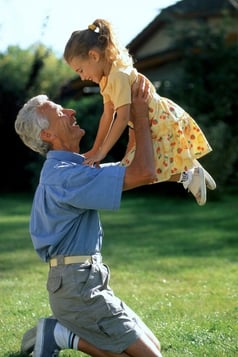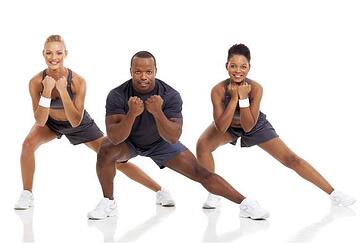Two years ago a member of my CCRC fitness center came to me and asked if I had ever heard of pickleball. I told him I hadn’t, so he explained it to me. A month later a member of our sales and marketing team asked me the same thing; this made me do a little research of my own.
 Pickleball is a paddle sport that combines elements of tennis, badminton, and ping-pong, and results in a senior-friendly game that addresses the many health concerns seniors are faced with every day, like poor balance and hand-eye coordination, depression, and the many symptoms usually associated with decreased cardiovascular fitness, such as high blood pressure, diabetes, and obesity.
Pickleball is a paddle sport that combines elements of tennis, badminton, and ping-pong, and results in a senior-friendly game that addresses the many health concerns seniors are faced with every day, like poor balance and hand-eye coordination, depression, and the many symptoms usually associated with decreased cardiovascular fitness, such as high blood pressure, diabetes, and obesity.
Why the Game Is Great for Senior Fitness
We all know someone who is not quite steady on their feet; that person might even be you. Well, what if I told you pickleball could help with that? Pickleball has a unique set of rules, mostly regarding volleys (hitting the ball before it hits the ground), that favors people with less mobility and poor balance. The decreased amount of volleying combined with the slower-traveling whiffle ball is great for a beginner, and someone with poor balance who needs a little more time to recover after hitting the ball away.
The large whiffle ball is also easier to hit than a traditional tennis ball. Pickleball is played on a court that is 20 x 44 feet, so it is a lot smaller than a tennis court, which requires the player to cover less ground. When you combine less volleying, a slower ball, and a smaller court, you get a pretty free-flowing game with fewer interruptions, which means great exercise.
Who Plays Pickleball?
Pickleball is played by over 2.46 million people in all 50 states, so you don’t have to look far to find a league or people with experience playing. When I began my pickleball research, I found that a church less than 5 miles from my community had a league that played weekly. I also found that our local YMCA had a regular playing league, and both leagues encompassed people of all ages, fitness levels, and experiences.
All it took was one quick phone call and the church welcomed our seniors to their next session. The first night we took about eight residents who had shown interest. Not a single resident we took knew how to play before going, but after a short tutorial they were all on the court and loving it! The most amazing thing was seeing a resident with Parkinson’s disease get on the court and have no problem playing.
A Weapon Against Depression
If you are around seniors often, you have most likely seen firsthand that some battle with depression. About 6 million in the U.S. alone struggle with it every day. After seeing the smiles and hearing the laughs of residents and church members playing this game, it was a no-brainer for me to introduce it to our community, and we have gotten plenty of positive feedback. (See also: Tai Chi Helps Fight Depression in Seniors.)
Where to Learn More
If you are not convinced or you want more information, there are plenty of websites you can go to, such as these:
If you are looking for a place to try pickleball, I suggest checking with your local continuing care retirement community or community center, or contacting a tennis facility.If you are a visual person and want to see pickleball in action, look at this video done by the Early Show.
Check out some of our best practices for wellness programming for residents, get creative to get them coming back for more!





 Stand on the street and ask 100 random people their feelings about going to school as a child and you will get 100 different answers. If I were asked my response would have sounded something like this, “I just want to graduate and get a job so I can be done with homework and live the easy life like adults.” I’m shaking my head as I write this, but that is how I truly felt back then. No matter whom you are certain days in school were destined to be fun, and those days were when we had a SUBSTITUTE. Well today I am going to be that sub, except I won’t be in a classroom with books, I will be on a track with kettle bells, plyo boxes, and resistance bands; I’m subbing for an outdoor boot camp class.
Stand on the street and ask 100 random people their feelings about going to school as a child and you will get 100 different answers. If I were asked my response would have sounded something like this, “I just want to graduate and get a job so I can be done with homework and live the easy life like adults.” I’m shaking my head as I write this, but that is how I truly felt back then. No matter whom you are certain days in school were destined to be fun, and those days were when we had a SUBSTITUTE. Well today I am going to be that sub, except I won’t be in a classroom with books, I will be on a track with kettle bells, plyo boxes, and resistance bands; I’m subbing for an outdoor boot camp class.
 We have all heard the phrase “quality over quantity,” and most of us have even directed this adage at someone else. But do we really believe it? And if we do, why is every gym and fitness center in the country filled with people sacrificing form for a few additional reps and pounds?
We have all heard the phrase “quality over quantity,” and most of us have even directed this adage at someone else. But do we really believe it? And if we do, why is every gym and fitness center in the country filled with people sacrificing form for a few additional reps and pounds? How many times do you circle a parking lot looking for that perfect spot right in front of the door? It doesn’t matter if I am at the supermarket, a sporting event, a restaurant, or even the gym (sad, but true); I see people circling the lot like they’re in the Indy 500. As I get out of my car and walk to my destination, all I can do is ask myself, “Do they really think they are benefiting from parking in front of the door?”
How many times do you circle a parking lot looking for that perfect spot right in front of the door? It doesn’t matter if I am at the supermarket, a sporting event, a restaurant, or even the gym (sad, but true); I see people circling the lot like they’re in the Indy 500. As I get out of my car and walk to my destination, all I can do is ask myself, “Do they really think they are benefiting from parking in front of the door?”